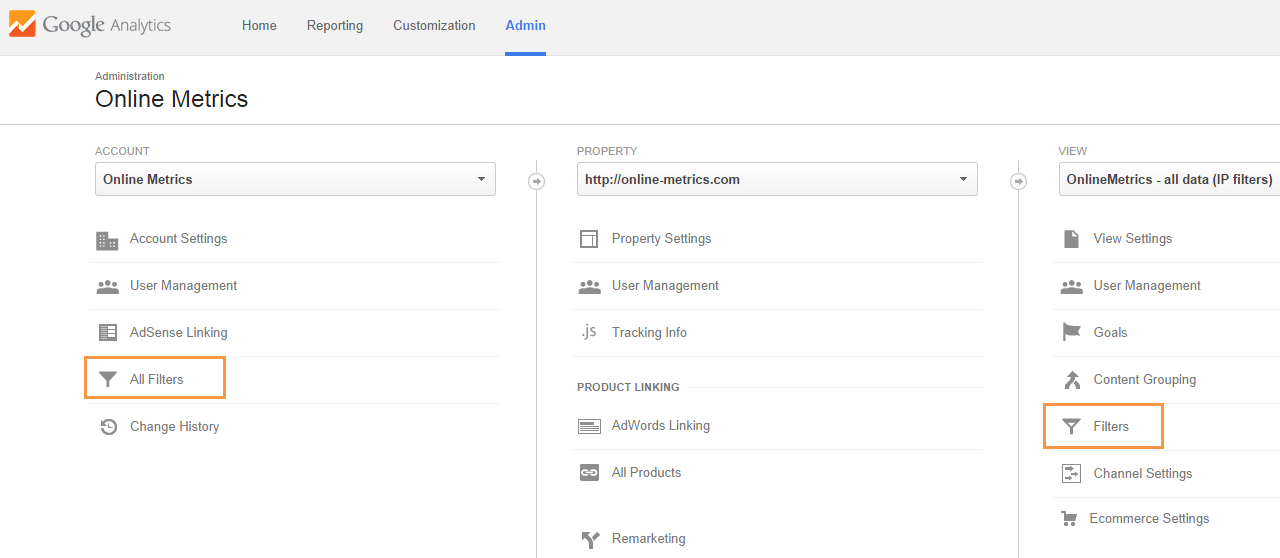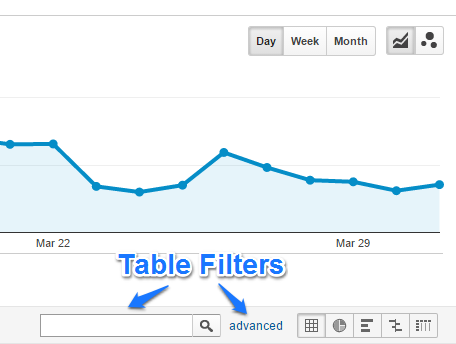Not known Incorrect Statements About In Which Order Does Google Analytics Filter Data
Indicators on In Which Order Does Google Analytics Filter Data You Should Know
Table of ContentsThe Best Strategy To Use For In Which Order Does Google Analytics Filter DataIn Which Order Does Google Analytics Filter Data for DummiesFascination About In Which Order Does Google Analytics Filter DataAll About In Which Order Does Google Analytics Filter Data
mistake: Alert: Web content is protected!! We use cookies on our web site to provide you the most relevant experience by remembering your preferences and repeat check outs (In Which Order Does Google Analytics Filter Data). By clicking "Approve All", you consent to using all the cookies. Do not offer my individual info. Handle permissionIn this blog post, we review the benefits of Filters and how to produce them to fix some usual issues. Filters interact with Sights, to isolate a part of your data. Keep in mind that, here, the term "Filter" is short-hand for "Sight Filter," which must not be confused with the filters that can be contributed to customized reports.
Sight Filters are similar to Advanced Segments other than that Filters are permanent. They are used during data collection for a View so that the undesirable data never gets kept in that View. Advanced Segments, on the various other hand, collaborate with reports as well as restrict the information displayed in a specific record.
Use Filters when you need a Sight where all the records show just the filteringed system data. One benefit of using Filters (as opposed to Sections) is data security.
In Which Order Does Google Analytics Filter Data Can Be Fun For Anyone
In this circumstance, you would certainly produce a "Blog site Only" View by using a Filter that restricts data to just Blog site Pageviews. You can commonly achieve the exact same results in your reports by applying Sections.
It is likewise easier for users, who may not be totally fluent in Google Analytics, to just inform them to look at a specific Filtered View, instead than showing them how to function with Sections. Note that Filters and Segments do not produce precisely the same outcomes.
By constantly having at the very least one unfiltered Sight, you recognize that you are covered. To create a Filter, open up the Admin section, choose the Sight you wish to filter, pick "Filters," and also click "+ New Filter (In Which Order Does Google Analytics Filter Data)." You will then exist with a configuration screen for establishing up your Filter

Not known Details About In Which Order Does Google Analytics Filter Data
When you initially create a Filter, you ought to attempt it out on an examination View. By doing this, if you slip up, you will certainly not corrupt the data in among your existing Views. Currently that you know just how to create a Filter, lets take an appearance at some of the extra useful sort of Filters you could want to use to evaluate your internet site.
The instance over jobs just if your interior traffic comes from static IP addresses i. e., the address (or range) does not change. If your workers log in from residence, or on the road, then opportunities are their website traffic is coming from vibrant IP addresses, as well as there is no means to understand in development where they are coming from as well as filter them out utilizing an IP address.
As an example, you may wish to have a Sight that consists of just blog site web traffic. Below is the Filter that we make use of to create our "Megalytic Blog Site Only" View. In this case, we have the ability to make use of the "Predefined filter" alternative and simply define the blog site directory for addition. All hits from visits to page courses that do not begin with "/ blog site/" will certainly be removed of this View.
As an example, we have a View that shows only traffic from logged in Users. We use this Sight to analyze the actions of individuals that are using the Megalytic product, rather than searching the site or reading the blog site. One means to do this is to produce a personalized dimension that will flag the Sessions from your "Super Users." You will certainly likewise require to include monitoring code to your site that establishes the customized dimension.
The Ultimate Guide To In Which Order Does Google Analytics Filter Data
Once the custom-made measurement is set up as well as monitoring, you can produce a Sight Filter to consist of just Procedure where that customized dimension has actually been set. At Megalytic, we make use of a personalized dimension named "Customer, Id" to identify Customers that have actually developed Megalytic accounts. Right here is what our Filter meaning appears like.

You must never ever include any type of filters to this view. This view would be the one you use for reporting regularly. Call it whatever you like, however ensure it's interacted to your group which see need to be used for reporting. Apply your filters to this "Examination View" initially.
